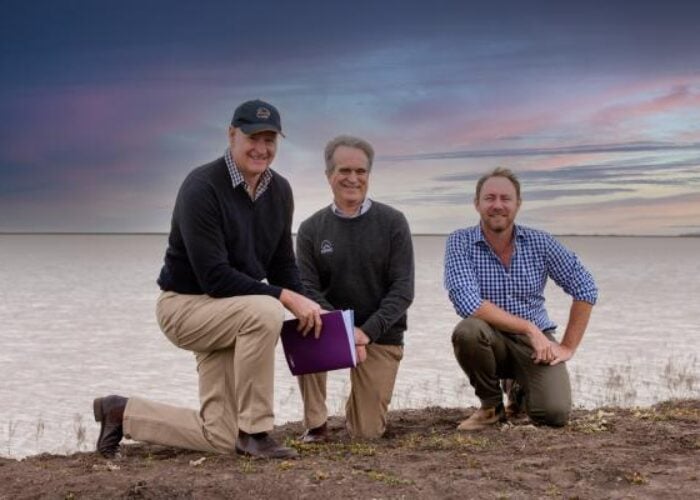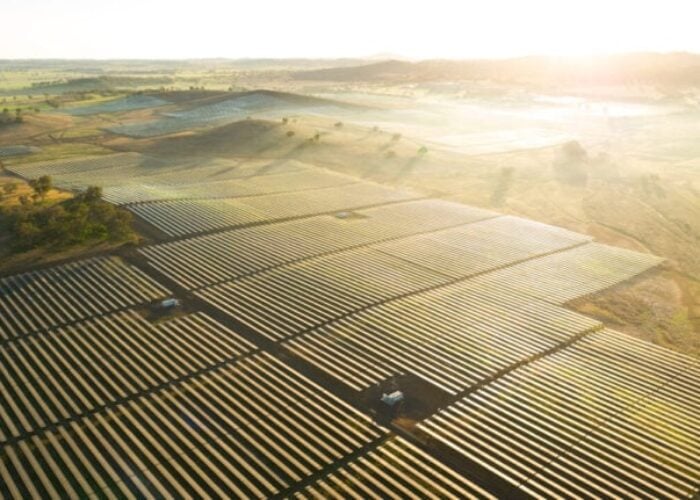
The Western Australian government has called for expressions of interest (EOI) to help fund major transmission projects in the Pilbara region, unlocking capacity to develop large-scale renewable energy generation projects such as solar PV.
The government will seek organisations to build transmission capacity, while looking to minimise environmental impacts, as part of the EOI process. Transmission projects are being sought along four corridors, which will link regions of the Pilabara, while enabling a greater capacity of renewable energy to be transmitted across the grid.
Unlock unlimited access for 12 whole months of distinctive global analysis
Photovoltaics International is now included.
- Regular insight and analysis of the industry’s biggest developments
- In-depth interviews with the industry’s leading figures
- Unlimited digital access to the PV Tech Power journal catalogue
- Unlimited digital access to the Photovoltaics International journal catalogue
- Access to more than 1,000 technical papers
- Discounts on Solar Media’s portfolio of events, in-person and virtual
These include the Burrup (Murujuga) Corridor, linking the Maitland Strategic Industrial Area (SIA) with Karratha and the Burrup SIA; the Chichester Range Corridor, connecting the Maitland SIA with a high-quality wind zone near the Chichester Range; the Hamersley Range Corridor, connecting the Boodarie SIA and Port Hedland with the eastern edge of the Hamersley Range; and the Great Sandy Desert Corridor, connecting the Boodarie SIA and Port Hedland with proposed renewable energy generation projects near the Great Sandy Desert.
The successful applicants will be granted ‘priority project’ status, which means that the project can benefit from state government facilitation. They will also receive the state’s recommendation to negotiate with the Clean Energy Finance Corporation to access funding through the commonwealth government’s AUS$3 billion (US$2.03 billion) Rewiring the Nation fund, which aims to modernise the grid.
Applications close on 25 October, with recommendations expected by the end of 2024.
Reece Whitby, Western Australia’s energy minister, said the EOI represents a world-class infrastructure investment opportunity that will play a pivotal role in global decarbonisation.
“The Pilbara will be a clean energy powerhouse, with potential to amplify the economic success of our mining industry, and I encourage all interested parties to engage in this generational opportunity,” Whitby added.
Advantages to decarbonising mineral-rich Pilbara
Replacing fossil fuel use in the Pilbara would require 16.66TWh per annum of electricity, equivalent to 7.8% of the output of Australia’s National Electricity Market (NEM). Australian think tank Climate Energy Finance (CEF) says this could and should be supplied by locally generated, renewable energy, with just 2% of the region’s electricity needs currently being met by renewable energy.
Indeed, the CEF believes renewable energy could take a more significant share in the Pilbara energy mix, should single common-user grid infrastructure be pursued in the Greater Pilbara region. Doing so could unlock around AUS$50-100 billion (US$33-66 billion) of new investment in renewable energy generation and firming whilst maintaining the mining operations in the area.
In this regard, solar PV could prosper in the region, and various projects have already been explored in Pilbara. For instance, mining giant Rio Tinto recently announced its intention to develop an 80MW solar PV plant to supply green power to its iron ore operations.
Alongside this, Australia’s Fortescue said last month that its 100MW North Star Junction solar farm was partially operational, whilst it also plans to develop a 3.3GW renewable energy hub to help power its mining operations in Western Australia.







